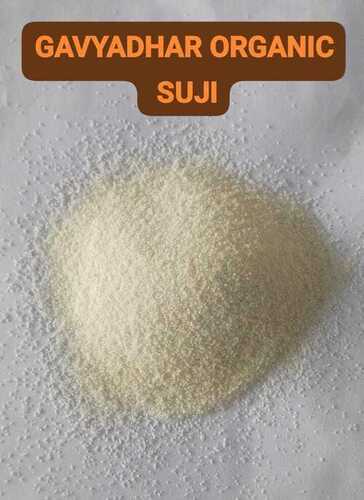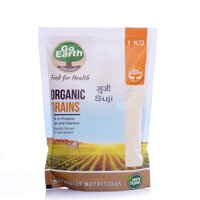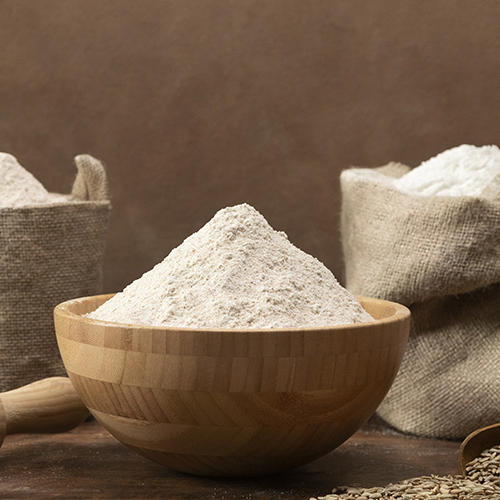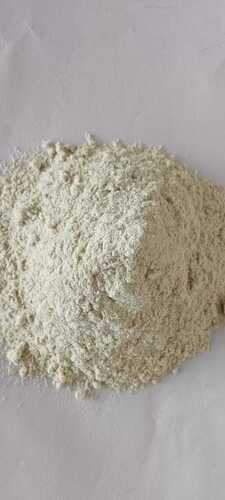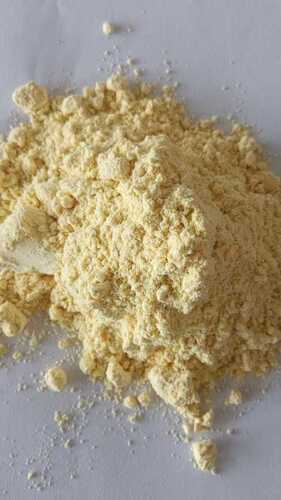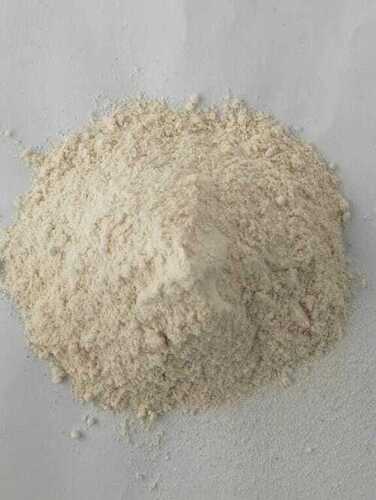 Ahmedabad, Gujarat, India
Ahmedabad, Gujarat, India
 Ahmedabad, Gujarat, India
Ahmedabad, Gujarat, India
Organic Wheat suji/Semoline
Product Details:
- Protein (%) 11% Min
- Type Organic Wheat suji/Semoline
- Grade Food
- Usage Industrial
- Color White
- Pack Size 25 / 50 KG
- Pack Type PP Bag
- Click to View more
Organic Wheat suji/Semoline Price And Quantity
- 45 INR/Kilograms
- 25 Kilograms
Organic Wheat suji/Semoline Product Specifications
- Industrial
- White
- 11% Min
- PP Bag
- Food
- Organic Wheat suji/Semoline
- 25 / 50 KG
Organic Wheat suji/Semoline Trade Information
- 10000 Kilograms Per Day
- 07 Days
- Yes
- Free samples are available
- 30 Kg PP Bags for bulk supply It is available in our retail packing of 200 gms to 1kg.
- Asia
- All India
- NPOP,NOP,Jaivik Bharti Cetified ,USDA Cetified Organic
Product Description
-
Organic Certification: Look for organic wheat semolina that is certified by relevant organic certification bodies. This certification ensures that the wheat used adheres to organic farming practices.
-
No Synthetic Additives: Organic wheat semolina is produced without the use of synthetic pesticides, herbicides, or chemical fertilizers. It is also free from genetically modified organisms (GMOs).
-
Culinary Uses: Organic wheat semolina is a versatile ingredient commonly used in various culinary applications. It is a key ingredient in making pasta, couscous, and certain types of bread. It is also used to make traditional dishes such as upma, halwa, and other semolina-based desserts.
-
Texture and Appearance: Wheat semolina has a granular texture and is coarser than wheat flour. It is pale yellow in color and has a slightly nutty flavor.
-
Nutritional Content: Semolina is a good source of protein, fiber, and several essential nutrients, including B vitamins, iron, and phosphorus. It is often considered a healthier alternative to refined flours due to its nutritional profile.
-
Storage: Like other flours, organic wheat semolina should be stored in a cool, dry place to maintain freshness. Some people prefer storing it in airtight containers or the refrigerator to prevent spoilage and insect infestation.
-
Availability: Organic wheat semolina is widely available in health food stores, organic grocery stores, and online retailers. It is commonly sold in packages, and various brands may offer different types of organic wheat semolina.
When choosing organic wheat semolina, consider its intended use in your recipes and any specific preferences you may have. Always read product labels for organic certification, storage recommendations, and any additional information provided by the manufacturer.

Price:
- 50
- 100
- 200
- 250
- 500
- 1000+

